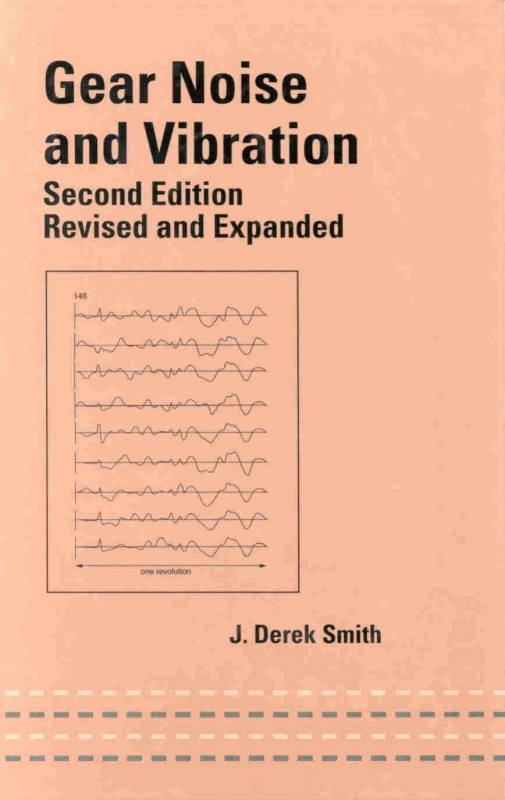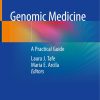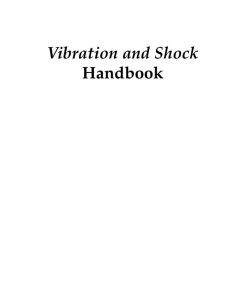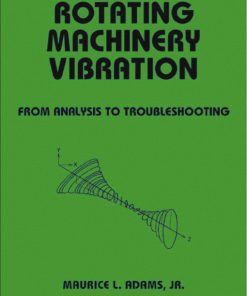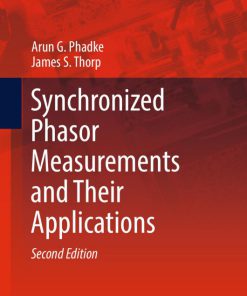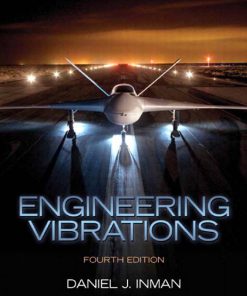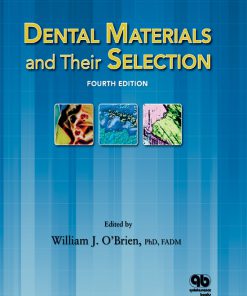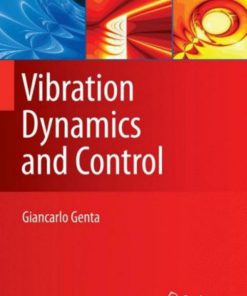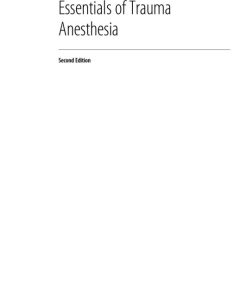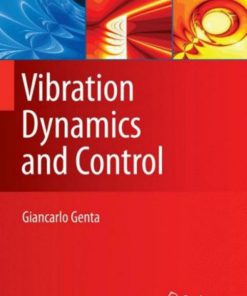Gears and Their Vibration 2nd Edition by Derek Smith ISBN 9781040077368 1040077366
$50.00 Original price was: $50.00.$25.00Current price is: $25.00.
Authors:J. Derek Smith , Series:Mechanical engineering [146] , Tags:Mechanical Engineering , Author sort:Smith, J. Derek , Ids:0824741293 , Languages:Languages:eng , Published:Published:Mar 1983 , Publisher:Marcel Dekker Incorporated , Comments:Fundamental Fluid Mechanics for the Practicing Engineer, James W. Murdock 83
Gears and Their Vibration 2nd Edition by Derek Smith – Ebook PDF Instant Download/Delivery. 9781040077368 ,1040077366
Full download Gears and Their Vibration 2nd Edition after payment
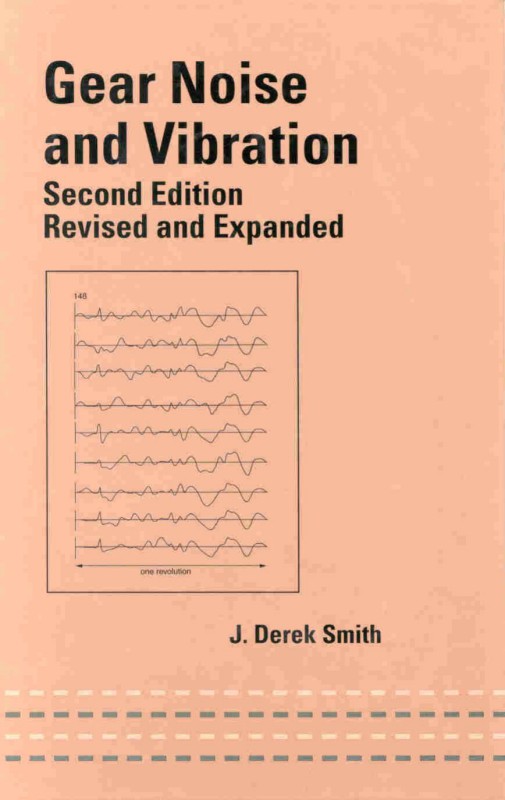
Product details:
ISBN 10: 1040077366
ISBN 13: 9781040077368
Author: Derek Smith
Gears and Their Vibration 2nd Edition Table of contents:
1. Causes of Noise
1.1 Possible causes of gear noise
1.2 The basic idea of transmission error
1.3 Gearbox internal responses
1.4 External responses
1.5 Overall path to noise
1.6 T.E.-noise relationship
References
2. Harris Mapping for Spur Gears
2.1 Elastic deflections of gears
2.2 Reasons for tip relief
2.3 Unloaded T.E. for spur gears
2.4 Effect of load on T.E.
2.5 Long, short, or intermediate relief
References
3. Theoretical Helical Effects
3.1 Elastic averaging of T. E.
3.2 Loading along contact line
3.3 Axial forces
3.4 Position variation
3.5 “Friction reversal” and “contact shock” effects
3.6 Noload condition
References
4. Prediction of Static T.E.
4.1 Possibilities and problems
4.2 Thin slice assumptions
4.3 Tooth shape assumptions
4.4 Method of approach
4.5 Program with results
4.6 Accuracy of estimates and assumptions
4.7 Design options for low noise
References
5. Prediction of Dynamic Effects
5.1. Modelling of gears in 2-D
5.2 Time marching approach
5.3 Starting conditions
5.4 Dynamic program
5.5 Stability and step length
5.6 Accuracy of assumptions
5.7 Sound predictions
References
6. Measurements
6.1 What to measure
6.2 Practical measurements
6.3 Calibrations
6.4 Measurement of internal resonances
6.5 Measurement of external resonances
6.6 Isolator transmission
6.7 Once per revolution marker
References
7. Transmission Error Measurement
7.1 Original approach
7.2 Batching approach
7.3 Velocity approach
7.4 High speed approach
7.5 Tangential accelerometers
7.6 Effects of dynamics
7.7 Choice of encoders
7.8 Accuracy of measurement
7.9 Worms and wheels and spiral bevels
7.10 Practical problems
7.11 Comparisons
References
8. Recording and Storage
8.1 Is recording required?
8.2 Digital versus analog
8.3 Current PC limits
8.4 Form of results
8.5 Aliasing and filters
8.6 Information compression
8.7 Archive information
References
9. Analysis Techniques
9.1 Types of noise and irritation
9.2 Problem identification
9.3 Frequency analysis techniques
9.4 Window effects and bandwidth
9.5 Time averaging and jitter
9.6 Average or difference
9.7 Band and line filtering and resynthesis
9.8 Modulation
9.9 Pitch effects
9.10 Phantoms
References
10. Improvements
10.1 Economics
10.2 Improving the structure
10.3 Improving the isolation
10.4 Reducing the T.E.
10.5 Permissible T.E. levels
10.6 Frequency changing
10.7 Damping
10.8 Production control options
References
11. Lightly Loaded Gears
11.1 Measurement problems
11.2 Effects and identification
11.3 Simple predictions
11.4 Possible changes
11.5 Anti-backlash gears
11.6 Modelling rattle
Motion
Tooth forces
Combined
Reference
12. Planetary and Split Drives
12.1 Design philosophies
12.2 Advantages and disadvantages
12.3 Excitation phasing
12.4 Excitation frequencies
12.5 T.E. testing
12.6 Unexpected frequencies
Reference
13. High Contact Ratio Gears
13.1 Reasons for interest
13.2 Design with Harris maps
13.3 Two-stage relief
13.4 Comparisons
13.5 Measurement of T.E.
References
14. Low Contact Ratio Gears
14.1 Advantages
14.2 Disadvantages
14.3 Curvature Problems
14.4 Frequency gains
15. Condition Monitoring
15.1 The problem
15.2 Not frequency analysis
15.3 Averaging or not
15.4 Damage criteria
15.5 Line elimination
15.5 Scuffing: Smith shocks
15.6 Bearing signals
References
16. Vibration Testing
16.1 Objectives
16.2 Hydraulic vibrators
16.3 Hammer measurements
16.4 Reciprocal theorem
16.5 Sweep, impulse, noise or chirp
16.6 Combining results
16.7 Coherence
17. Couplings
17.1 Advantages
17.2 Problems
17.3 Vibration generation
18. Failures
18.1 Introduction
18.2 Pitting
18.3 Micropitting
18.4 Cracking
18.5 Scuffing
18.6 Bearings
18.7 Debris detection
18.8 Couplings
18.9 Loadings
18.10 Overheating
References
19. Strength versus Noise
19.1 The connection between strength and noise
19.2 Design for low noise helicals
19.3 Design sensitivity
19.4 Buying problems
Units
Index
People also search for Gears and Their Vibration 2nd Edition:
gear shift vibration
2nd gear vibration at low speed
the gears are turning
vibration in gear shifter
You may also like…
eBook PDF
Vibration and Shock Handbook 1st Edition by Clarence de Silva ISBN 0849315808 9780849315800
eBook PDF
Pharmacology for Nurses 2nd edition by Blaine Smith, Diane Pacitti ISBN 1284141985 978-1284141986
eBook EPUB
Dental Materials and Their Selection 4th Edition by William J OBrien ISBN 0867154373 9780867154375
eBook PDF
Vibration Dynamics and Control 1st Edition by Giancarlo Genta ISBN 9780387795805 0387795804

